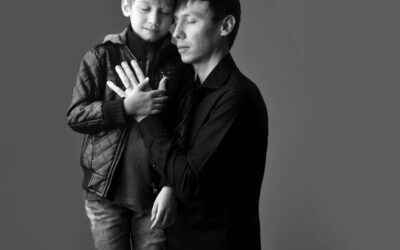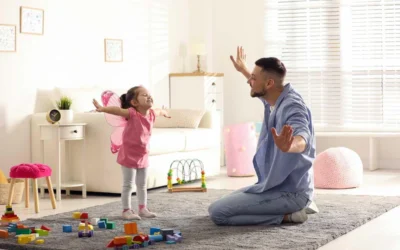Podcast: Play in new window | Download (Duration: 27:41 — 22.2MB)
Subscribe: Apple Podcasts | Spotify | Amazon Music
A guide to secure relating and using the attachment sciences and regulation theory in your day to day lives. Today we review what we’ve discussed so far on the podcast about the attachment spectrum and add more detail about the nervous system.
THANK YOU for getting us all the way to Season 3!! We continue to share our ideas on the practical use of attachment science and learning to manage our nervous system.
We have updated a few things on the show, and we are hoping to add some much needed help this fall and are excited about what is in store!
So today we do a quick review of what we’ve covered before on the podcast and go over how to navigate our website and our various podcasting platforms, but we focus primarily on weaving in more nuance to the attachment spectrum. The spectrum comes from the research on infant to adult attachment that are profoundly supported in the literature. We work to make this dense science accessible in as clear and useful a way as possible that also weaves in as much neurobiology and regulation theory as possible.
We go over the notion of listening for narrative. Not what people say but how we put ideas together, not what happened to us but what we’ve done with it. So for example a the notion of a coherent narrative, one that elaborates on one’s view of themselv in the world and can perspective-take and be curious and open to exploration and influence yet have a stable sense of one’s sense of self. This compared to insecure narratives that may restrict information in various forms in order to preserve a sense of safety.
We also talk about the difference between states and traits, and focus primarily on states because that is something we can change.
We review implicit/explicit learning.
We support the notion of strategies of development instead of seeing this as insecurity, or pathology, or dysfunctional.
This is also different than introversion/extroversion.
We shift to discussing polyvagal theory or regulation theory and the ladder of regulation and how this relates to attachment. BLUE-RED-GREEN.
Nervous system decoded.
Hopeful message of change and connection and security!!
Resources:
- Attachment Disturbances in Adults Treatment for Comprehensive Repair (2016) Daniel Brown andDavid Elliott
- Clinical Application of the Adult Attachment Interview Edited by Howard Steele and Mariam Steele Our favorite clinical reference for those that want to learn much more deeply about using the AAI to treat attachment and learn about its usefulness with various populations.
Van Assche, L. et al “Attachment in Old Age: Theoretical Assumptions, Empirical Findings and Implications for Clinical Practice” Clinical Psychological Rev. 2013 Feb; 33(1): 67-81
Schore A “Back to basics. Attachment, affect regulation and the developing right brain. Linking developmental neuroscience to pediatrics” Pedal Rev. 2005; 26: 204-217.
Rees, C. “Childhood attachment,” The British Journal of General Practice, 2007, Nov. 1; 57(544): 920-922













